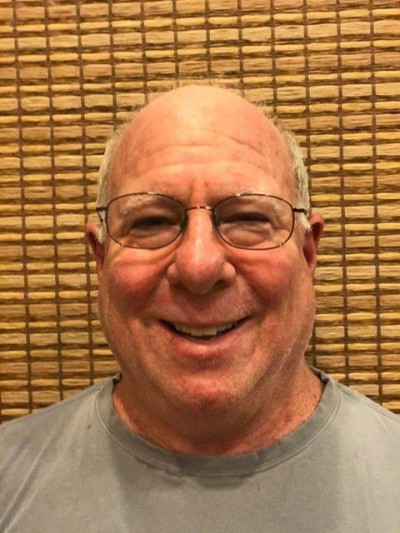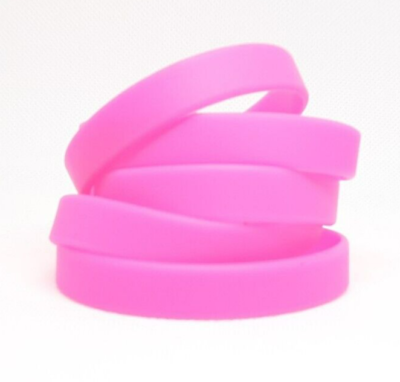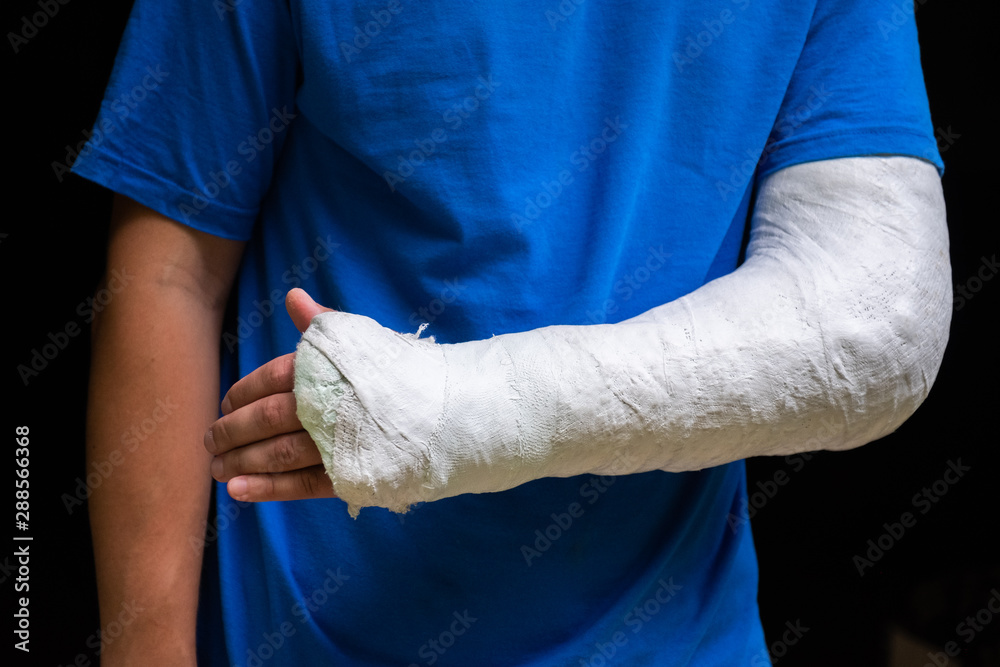I recently had the opportunity to take my 11-year-old granddaughter to her softball tournament in Des Moines, IA. Just me and her for the weekend. Most of the grandparents reading this will know why I am smiling.
Because of a confluence of scheduling problems, I was the only one in the family who could make the trip. At my stage of life, hanging out with my granddaughter for the whole weekend was certainly a gift, even with a five-hour drive. Part of conscious aging is recognizing not just the losses in growing older but also the opportunities.
My granddaughter’s team drew the 8 am game Friday morning, which meant arriving at the field by 7 am. It was a nice, eight-field complex, well kept, surrounded by cornfields.
As I paid my entry fee for the weekend, the two young volunteers sitting at the ticket table informed me of the 50 percent senior rate. I thought, “Sure, why not?,” and inquired whether I got any discounts at the concession stands. No, all I got was the half-price admission fee. I paid my money, and they carefully and competently placed the neon-pink band around my wrist.
Players and coaches didn’t have wristbands, but the hundreds of parents, siblings, grandparents, aunts, uncles and friends all did. It wasn’t until Friday evening that I noticed most of the wristbands were neon yellow. At that moment, I realized that my wristband was different, that I was visibly identified as old and having paid half price. There was no difference between a yellow or a pink wristband except for the entry fee amount—no reduced prices for food or drink, no entry into a special raffle, etc.
I didn’t feel any different from the other spectators. I felt like I knew the game of softball and that, like everybody else, I was there to root for my team and my player. But I did feel a twinge about being different every time I looked at my wrist. Part of me felt old people got pink wristbands, regular people got yellow wristbands. This “being othered” is another example of the unconscious bias of ageism.
I don’t have any data on how many spectators noticed or cared about my pink wristband. I’m sure some did, but the fact that I noticed and felt the difference is an example of internalized ageism.
What reason could there be to give older people a different colored wristband? I couldn’t come up with one except plain old habit. They’ve done it that way for years, so they just keep doing it that way. Maybe there used to be a reason, but nobody remembers it now and it’s just the way we do things.
On and off, I kept feeling different, and I was appreciating yet another example of how ageism can crop up anywhere, even at 7 am on a Friday morning in the cornfields of Iowa.
Friday evening, after a long, hot day at the fields, and after all the girls were asleep, I spent some time socializing and sharing a beer with some of the other team families. A couple of them asked about my pink wristband. One person thought it was special, not different. Another commented that I’d be making memories all weekend. During those conversations and my own late-night ponderings, I started to form another opinion about it.
By Saturday morning, I was thinking about my pink wristband as a badge of honor. I was thinking of myself as one of the few, the proud, the older.

Marc Blesoff was a criminal defense attorney for 35 years, then he began facilitating Conscious Aging workshops, which has helped him melt the armor he’d built up as a defense lawyer. He’s a founding member of Courageus (formerly A Tribe Called Aging), a group of activists and thinkers trying to re-frame our culture’s outlook, policies and fears about aging and dying. Currently, he is the chairperson of the Oak Park, IL Aging-In-Place Commission.



